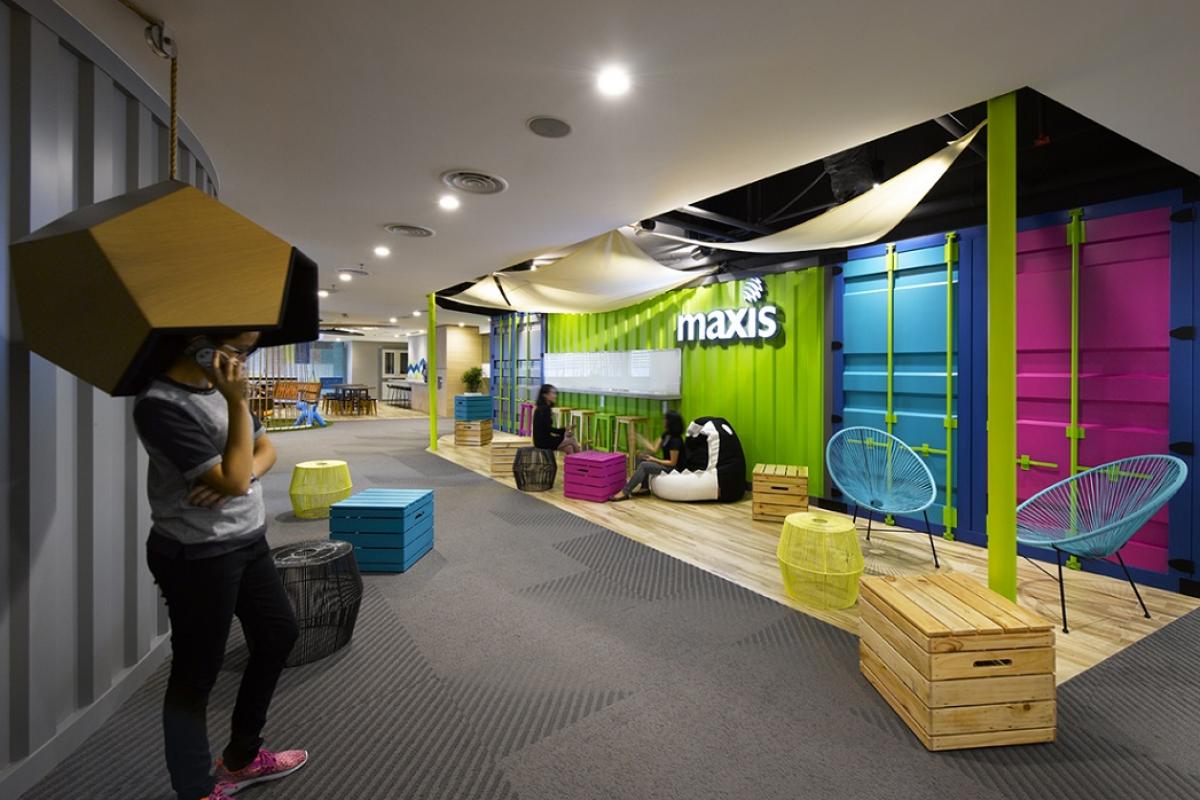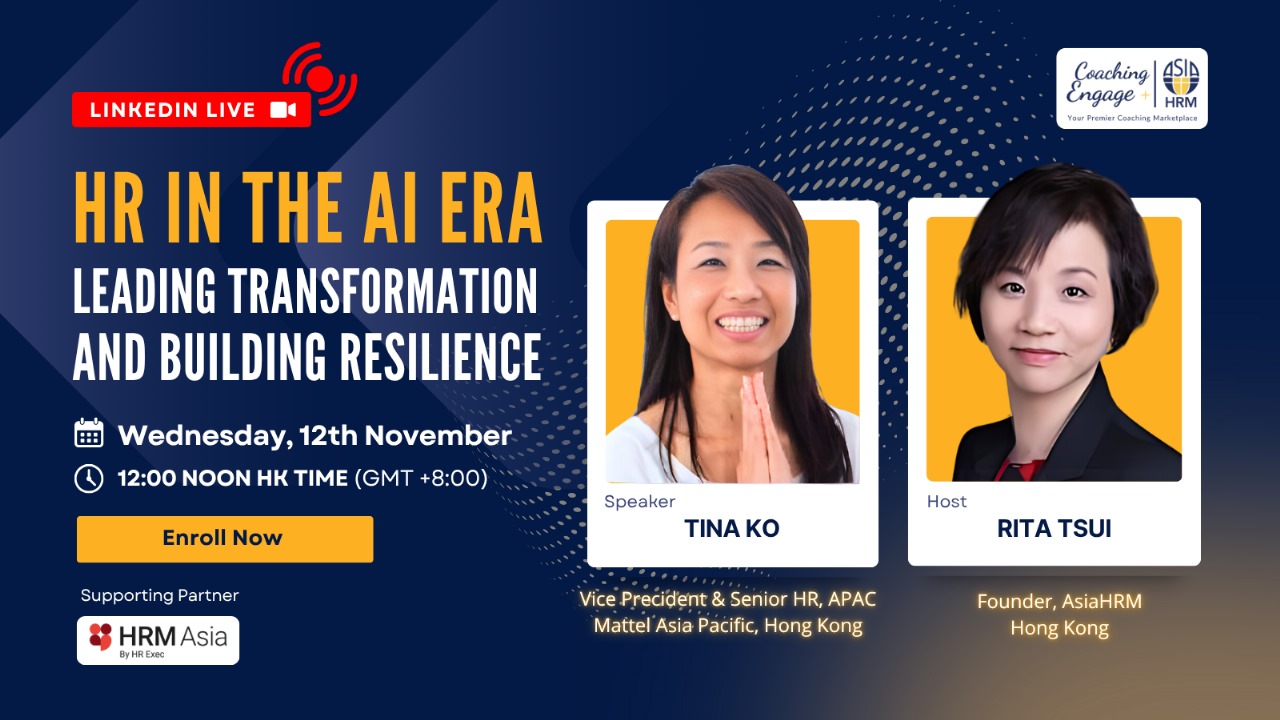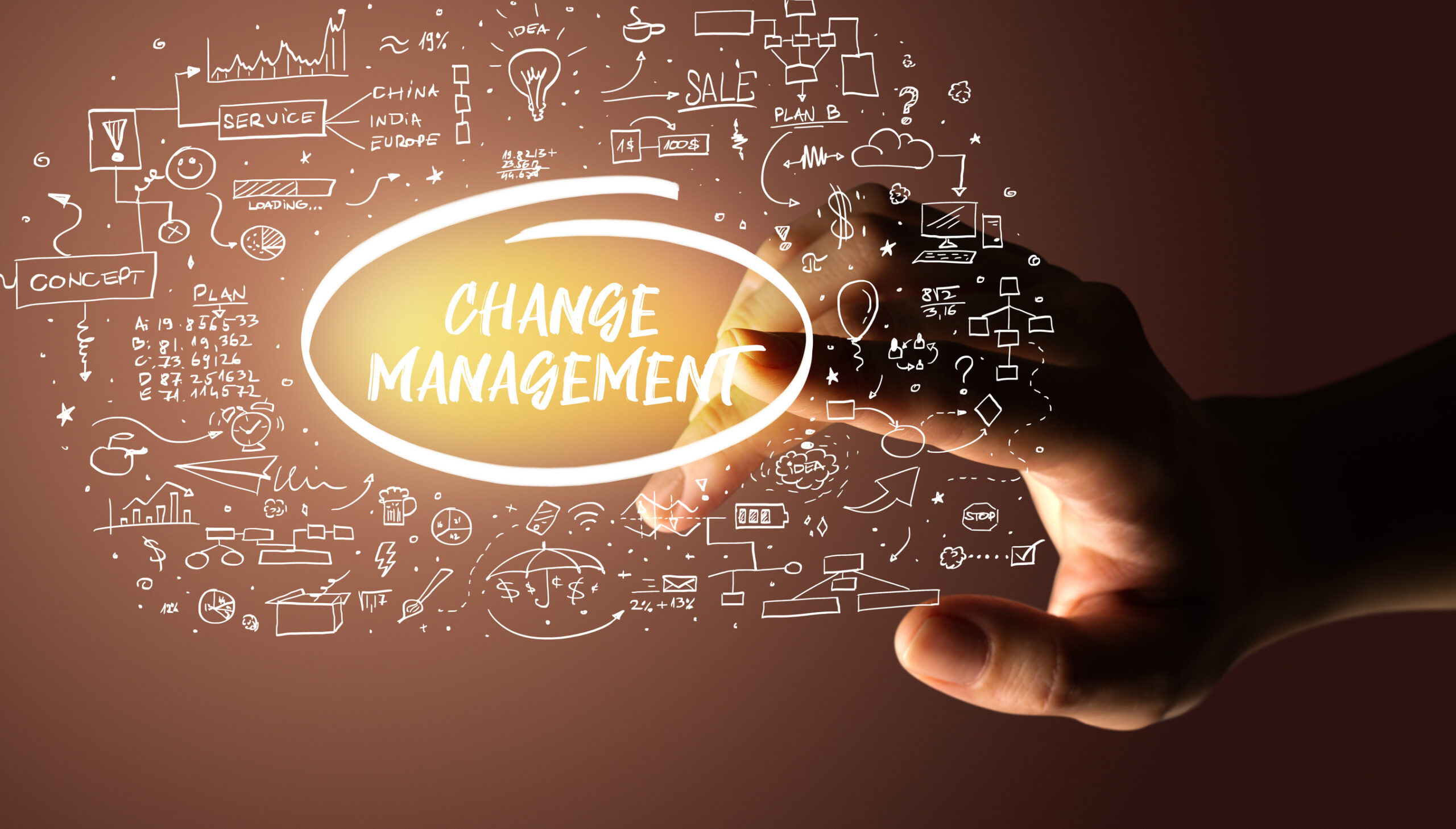Asia’s most effective workspaces: Maxis (Kuala Lumpur)
- Kelvin Ong

Maxis (Kuala Lumpur, Malaysia)
Employees – Around 500
Designed by – SLA Sdn Bhd
As part of its overall business transformation in 2014, Malaysian telecommunications service provider Maxis Berhad also revamped its offices in a bid to become one of the “most desired workplaces” in Malaysia. The organisation did away with cubicles and any features that were viewed as “enemies” of teamwork, innovation and agility. The result is a lively workspace that engenders its present cultural values of being transparent and flexible.
Highlights
- Open-concept layout is central to Maxis’transformation as a business
- Activity-based seating with no counter-intuitive restrictions
- Work areas with low partitions for teams and individuals who prefer some element of privacy
- Fully automated and mobile employee help desk reporting
- Not quite the same as beds, but resting pods also do the trick in letting staff get some shut-eye during the day
So what?

- The design creates a sense of transparency, inclusiveness and flexibility throughout the company
- Also promotes employee morale, comfort, productivity and wellbeing
- Has enabled office digitalisation, automation, and more mobility
They say:
“We believe the working environment in the office must be in line with our culture – one of openness and transparency and being unhierarchical. At the same time, the design must also help us promote health and wellness, with aspects such as ample natural light, well-designed workstations and chairs, rest and common socialising areas, as well as spaces for workouts and employee events.”
– Adzhar Ibrahim, Head Of People And Organisation, Maxis
GSK (Singapore) | Leo Burnett (Hong Kong) | Shopee (Singapore) |
Go-Jek (Jakarta, Indonesia) | Microsoft (Hong Kong)|
CBRE (Tokyo, Japan) | Changi Airport Group (Singapore)
Maxis (Kuala Lumpur, Malaysia) | Airbnb (Tokyo, Japan) | Tableau (Singapore)







